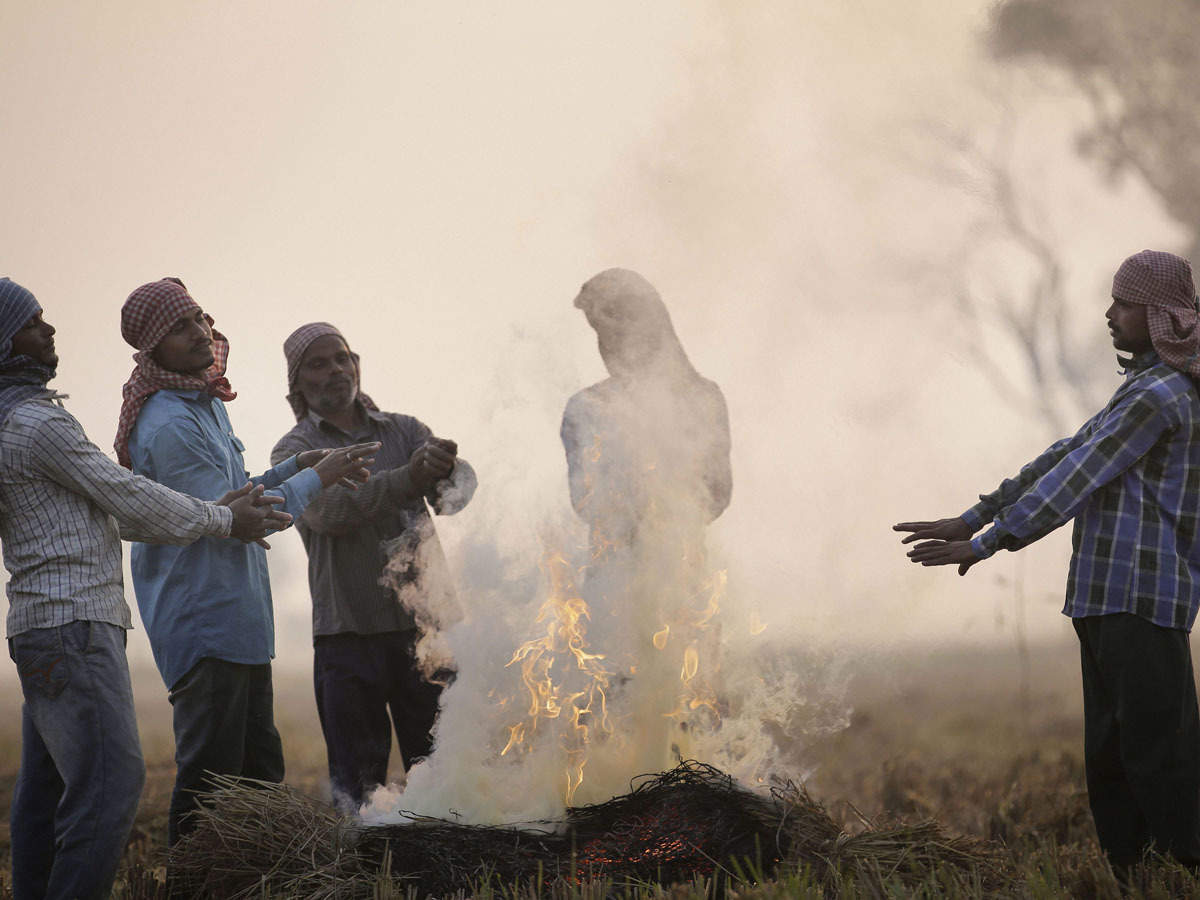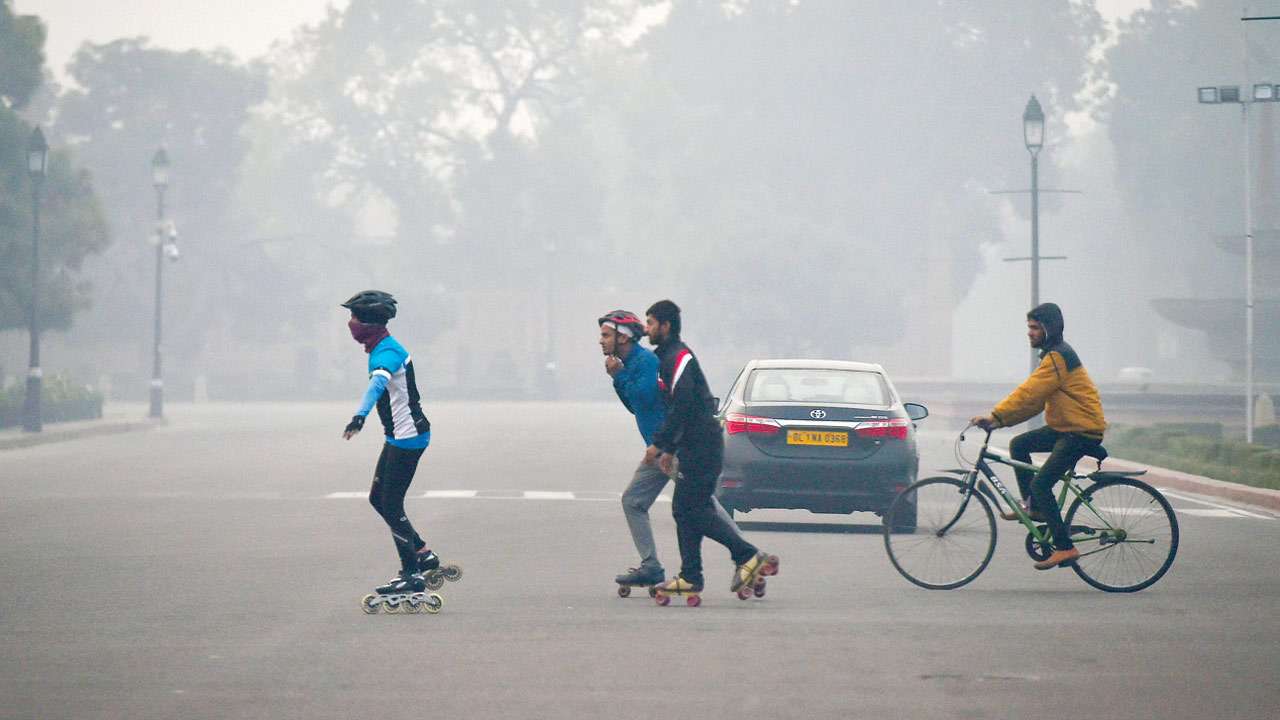The year 2021 has experienced the extremities of the temperatures with the hottest February ever recorded as well as the summer when the mercury surpassed the scale of 43.5° Celsius on 30th of June in the capital Delhi as per the reports of India Meteorological Department (IMD). Now, India along with the other countries existing on the Western side of the Pacific Ocean is expected to witness a “colder than the usual” winter due to the intensified occurrence of the phenomenon of La Niña.

The science behind the La Niña event
The weather is influenced by various climatic conditions and one of them is trade winds. Both of the phenomenons La Niña and El Niño are measured by differences in the ground temperatures prevailing in the Pacific Ocean, usually in the duration of 3 months.
The Pacific Ocean is lined by North America and South America in the East direction, whereas continents like Australia and Asia are present in the West.
Normally, the trade winds are circulated from the east pacific pool towards the western pool to shift the hot ocean currents of the Pacific Ocean towards Asia and Australia and this is the reason the temperature is slightly higher in WPP.
Also Read: India seeks compensation for damages to the environment caused by wealthy nations
We know that the weather is never stationary; it changes with certain periods and is mostly observable, but the La Niña is known as an irregular event that repeats once in a few years while El Niño occurs predominantly due to climate change.
In fact, last year was also the year of La Niña, and it was expected to observe the intense cold winds in Asia, but the global warming made last year one of the warmest December–January as per the records.
During the La Niña event, the sea temperature of the central Pacific Ocean or the east Pacific Oceans is colder than the normal conditions, initiating the stronger trading winds blowing from the East Pacific Pool (EPP) to the West Pacific Pool (WPP).
The strong trade winds perform the following modifications in the environmental conditions of the globe:
- Lowering of the pressure, resulting in above-average monsoon and high climatic conditions in Australia
- Winds from Australia reach the Muscarine High concluding in High-pressure conditions (further pushes the winds to India, thus favourable monsoons).
- Drought or stable conditions in the continents of North and South America
- Good rainfalls and Chilly Winters in India
- Harsher conditions in the coastal regions of the EPP like Peru because of the upwelling process
- Cyclones, snowfall, and wildfires are also associated with La Niña.

India has faced this condition in the past likewise, it is not something new, but scientists have shown concern this time as the temperature is predicted to drop as low as 3 degrees Celsius in northern states of India during January-February before recovering. Other parts of north-eastern Asia like China, South Korea, Japan are also inclined to glimpse the brutal winters due to the La Niña.
Besides La Niña, Climate Change is an additional factor that impacts the alternation of the cold waves. For the past few years, India is experiencing unusual rainfall in the months of October, extreme humidity in the summers, and record-breaking winters.
It is crucial to “brace yourself” for every exaggerated climatic condition, especially if you’re living in India because there is a plethora of knowledge about nature that we don’t know yet.
Also Read: Particulate Matter induced Pollution is silently killing us
















